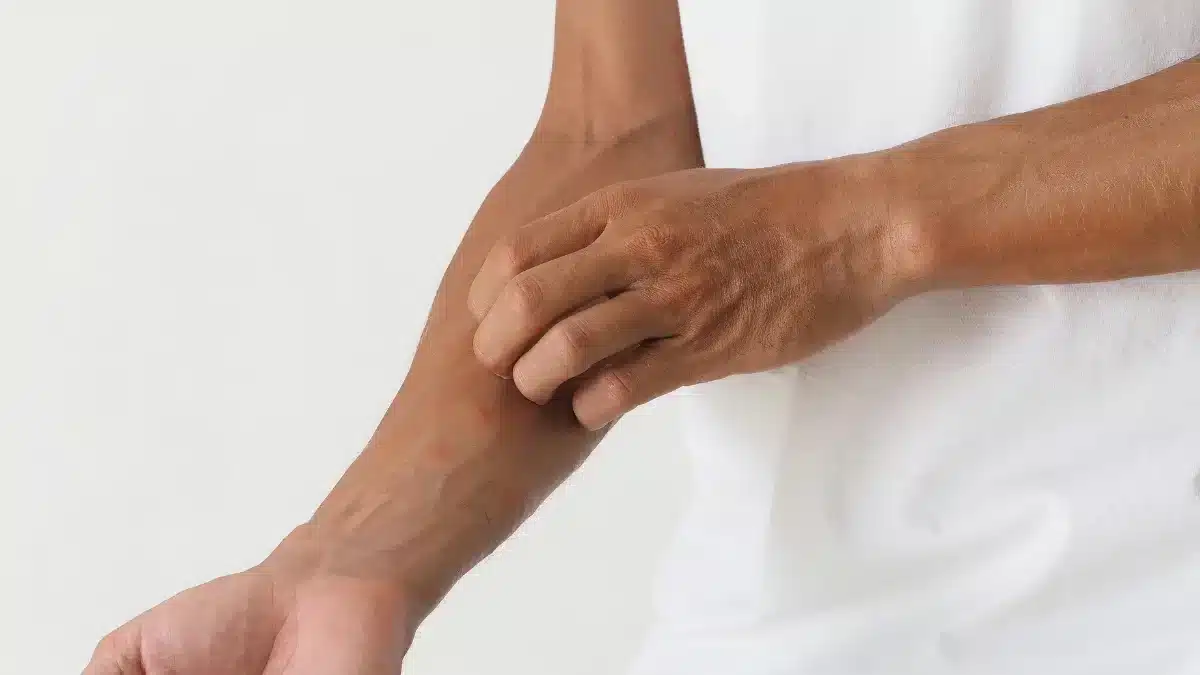Trichomoniasis Rash: Exploring Causes, Treatments, and Preventions
The Trichomoniasis rash is a dermatological manifestation associated with the infection.
Although it is not as widely recognized as other symptoms, it may present as redness, itching, or small raised bumps on the skin.
The rash is typically localized in the genital and pelvic region but can also extend to other areas, such as the inner thighs and lower abdomen.
This symptom may not always be immediately linked to Trichomoniasis, leading to potential misdiagnosis.
That is why, it is crucial to have accurate diagnosis and prompt treatment.
In this article, we will find out the main cause, diagnosis, and treatment options for Trichomoniasis rash.
Causes of Trichomoniasis rash
The exact cause of a rash associated with Trichomoniasis is not entirely understood, and research on this specific aspect is still evolving.
It can be a result of the body’s immune response to the infection.
When the immune system detects the presence of Trichomonas vaginalis, it may trigger an inflammatory reaction.
The inflammation caused by the infection might extend to the skin.
It may lead to the development of a rash in the lower genital regions, like the genitals, cervix, and urethra.
Not everyone with Trichomoniasis will experience a rash. Also, the presence of a rash does not necessarily indicate the severity of the infection.
Therefore, a complete evaluation by a healthcare professional is necessary to determine the specific cause of the rash.
Diagnosis
Diagnosing Trichomoniasis-related rashes involves a thorough examination by a healthcare professional.
Testing for Trichomonas vaginalis is commonly performed through a microscopic examination of genital swabs or urine samples.
Additionally, Nucleic Acid Amplification Tests (NAATs) may be employed. It helps confirm the presence of the parasite.
Once diagnosed, healthcare providers can offer appropriate guidance and treatment.
Treatment options

The primary treatment for Trichomoniasis, including symptoms like rash, involves the use of prescription medications.
Metronidazole, Secnidazole, and Tinidazole are commonly prescribed antibiotics effective against the Trichomonas vaginalis parasite.
Usually, recovery takes approximately 7 to 10 days, but it’s advisable to confirm with your doctor for certainty.
Avoid consuming alcohol during this period, as it may lead to severe nausea and vomiting.
Preventive measures
There are certain preventive steps one must follow to prevent the spread of Trichomoniasis infection.
Some of them include the following:
Routine screenings
Individuals who are sexually active, especially those who have multiple partners, should undergo regular STI screenings.
Routine screenings can help detect infections early, allowing for prompt treatment.
Safe sex practices

Consistent and proper use of latex or polyurethane condoms during intimate activities can reduce the risk of Trichomoniasis.
Condoms act as a barrier and help prevent the exchange of body fluids that may contain the parasite.
Conclusion
The rash is one of a symptom of the infection and can be linked to the body’s immune response triggered by the Trichomonas vaginalis parasite.
Recognizing this dermatological manifestation is crucial for accurate diagnosis and timely treatment.
Treatment of Trichomoniasis-related rash typically involves antibiotics such as Metronidazole or Tinidazole.
Regular STI screenings for sexually active individuals, coupled with consistent condom use, are essential prevention strategies.
These practices minimize the spread of Trichomoniasis and lead to better sexual health.
Frequently Asked Questions
What causes Trichomoniasis rash?
The exact cause of a Trichomoniasis rash is not fully understood. It may result from the body’s immune response to Trichomonas vaginalis, triggering inflammation. This immune reaction can extend to the skin, leading to rash, itching, or raised bumps.
How to diagnose Trichomoniasis?
Diagnosing Trichomoniasis involves a microscopic examination of genital swabs or urine samples. Additionally, Nucleic Acid Amplification Tests (NAATs) may be done to detect Trichomonas vaginalis. Seeking immediate medical attention is important for accurate diagnosis.
How to treat Trichomoniasis?
The primary treatment for Trichomoniasis involves prescription antibiotics. Commonly used medications include Metronidazole, Secnidazole, or Tinidazole. A doctor will tell you the appropriate dosage and duration. Abstain from alcohol during treatment to prevent adverse reactions.
How to prevent Trichomoniasis transmission?
Preventing Trichomoniasis transmission involves key strategies like routine screenings and safe sex practices. Regular STI screenings, particularly for those with multiple partners, enable early detection. Proper condoms during intimate activities reduce the risk of transmission.
WowRx uses only high-quality sources while writing our articles. Please read our content information policy to know more about how we keep our content reliable and trustworthy.






